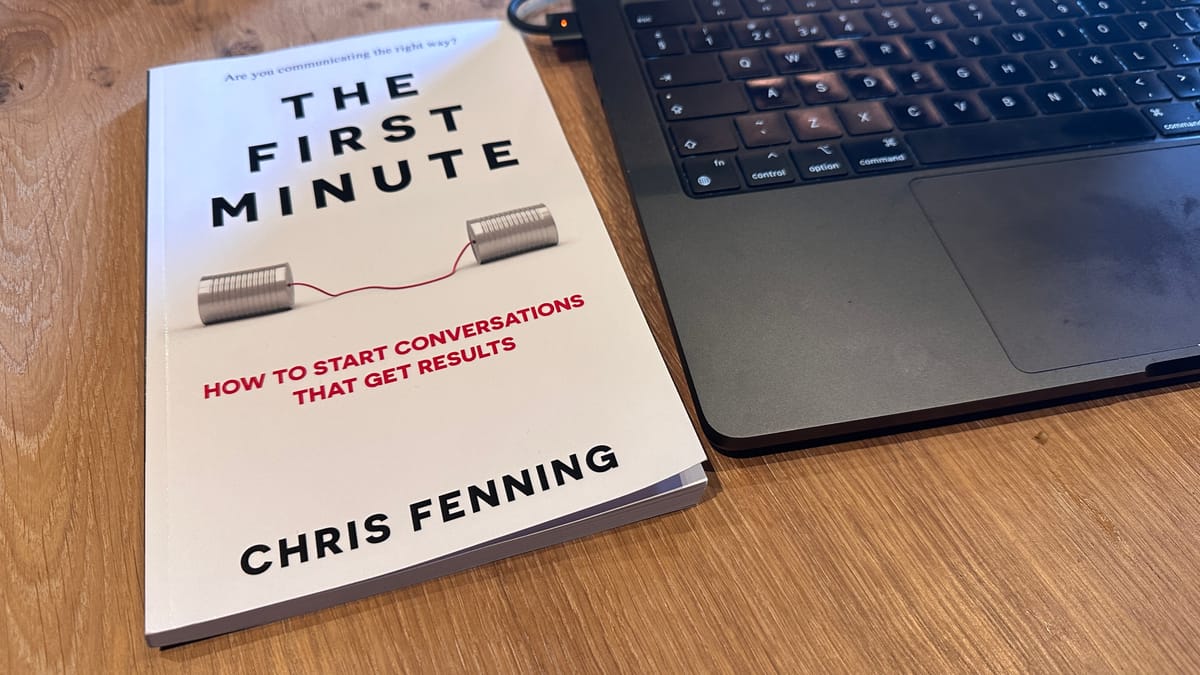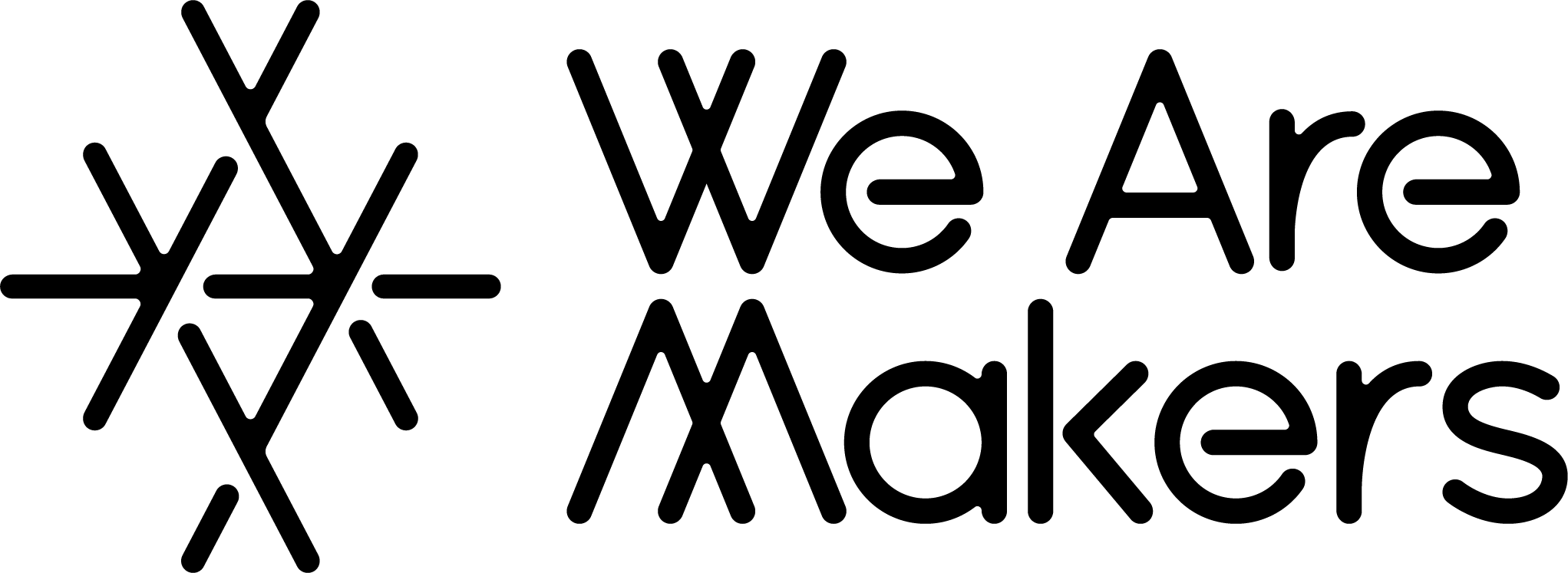Content, Intent, Key Point.

This short read "The First Minute" by Chris Fenning dives into the importance of the initial moments of any professional interaction, whether it's a presentation, a meeting, or a pitch. Fenning's approach is built around a straightforward and powerful framework that focuses on preparing and delivering content that instantly resonates with their audience.
We read it to help us cut through the noise that is social media and better deliver our message to potential customers, prospects, and to strengthen our written social media output.
I'm only going to talk about the Framing portion of the book in this part:
Content:
Fenning advises readers to emphasising the need to be concise and direct. He suggests starting with a clear and engaging statement or question that directly addresses the interests and needs of the audience.
This involves doing homework on who the audience is and what they care about, tailoring the opening to grab their attention immediately.
Intent:
The book stresses the importance of having a clear intent or objective for every communication. Something I think much of social media doesn't have. Fenning encourages readers to define what they want to achieve in the first minute—be it to inform, persuade, or entertain—and to use this goal to guide the construction of their opening remarks.
By aligning the opening with a specific intent, the speaker can create a compelling narrative that drives the audience towards a desired outcome.
Key Message:
Fenning introduces a framework for organising key points in a logical and impactful way. He suggests identifying the single most important message you want to convey and structuring the entire first minute around this pivotal point. This framework helps in maintaining focus and avoiding the common pitfall of overloading the audience with too much information too quickly.
The Equation:
I like the simplicity of the conversation equation. It is easy to remember and just as easy to implement
It goes like this:
Framing = Context + Intent + Key Message
In Conclusion:
"The First Minute" serves not just as a guide to making great first impressions but also as a tool to enhance overall communication skills. It's concise which makes it an easy read, yet its content is detailed and has a clear strategy that can be immediately applied to make any interaction more effective right from the start.
We will be utilising it in much of our output going forward.





